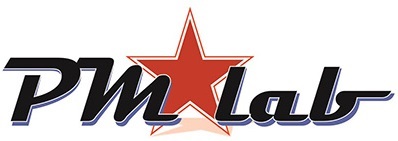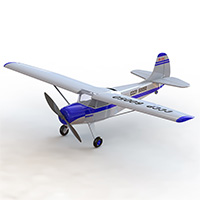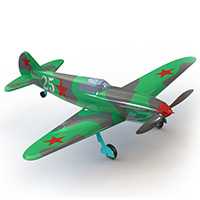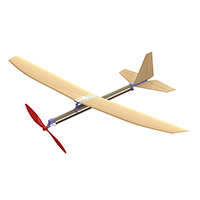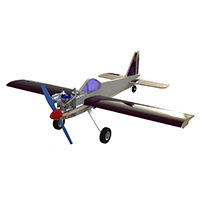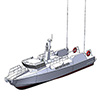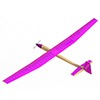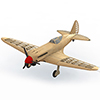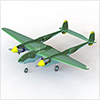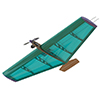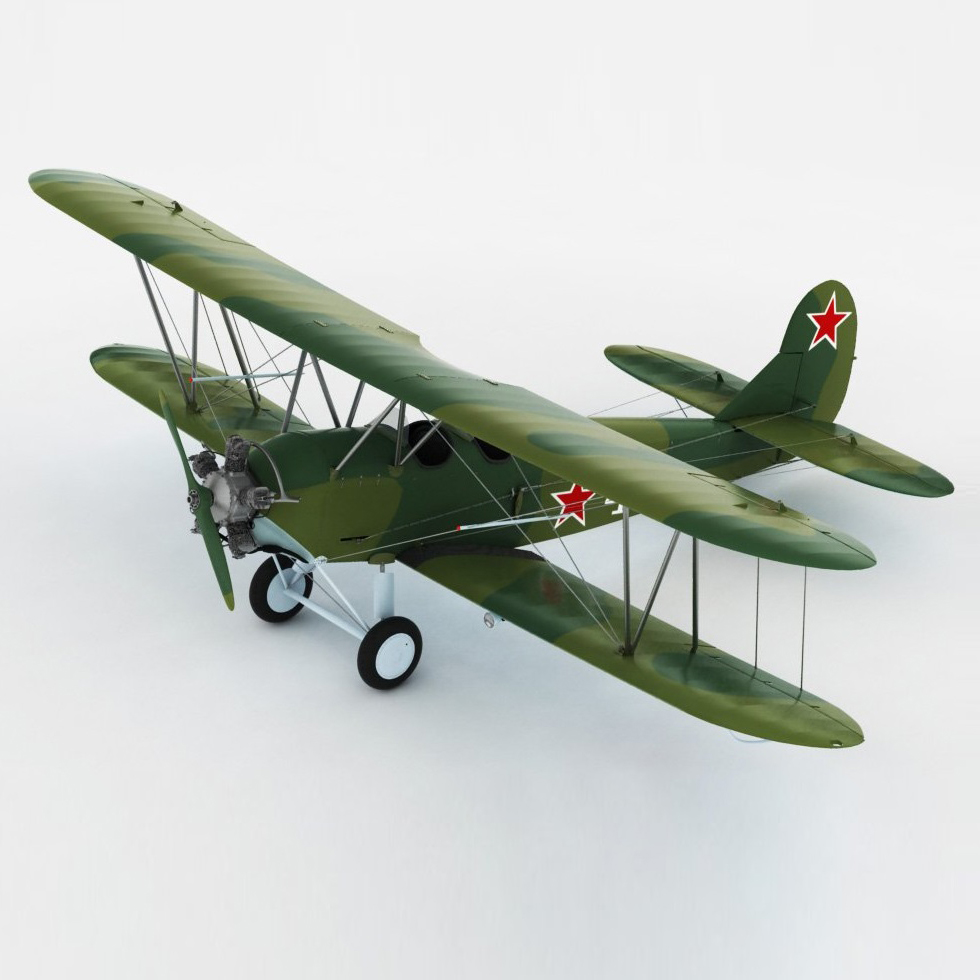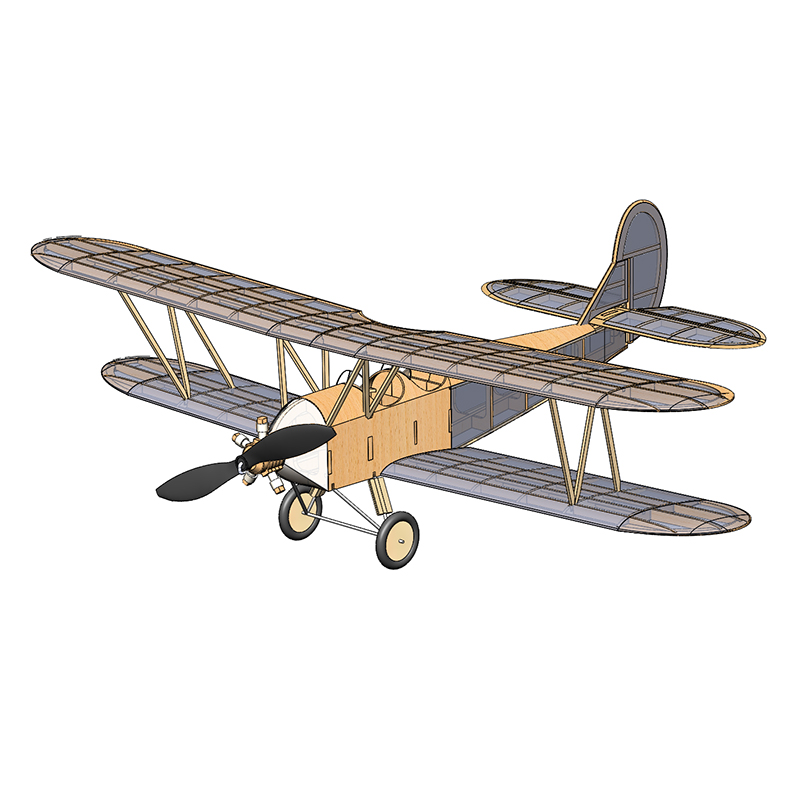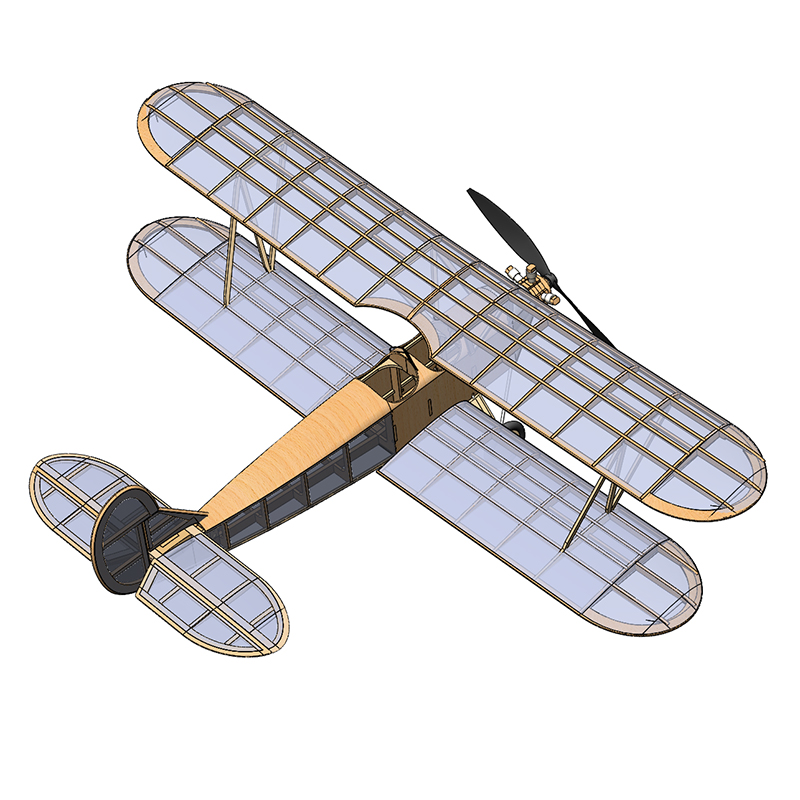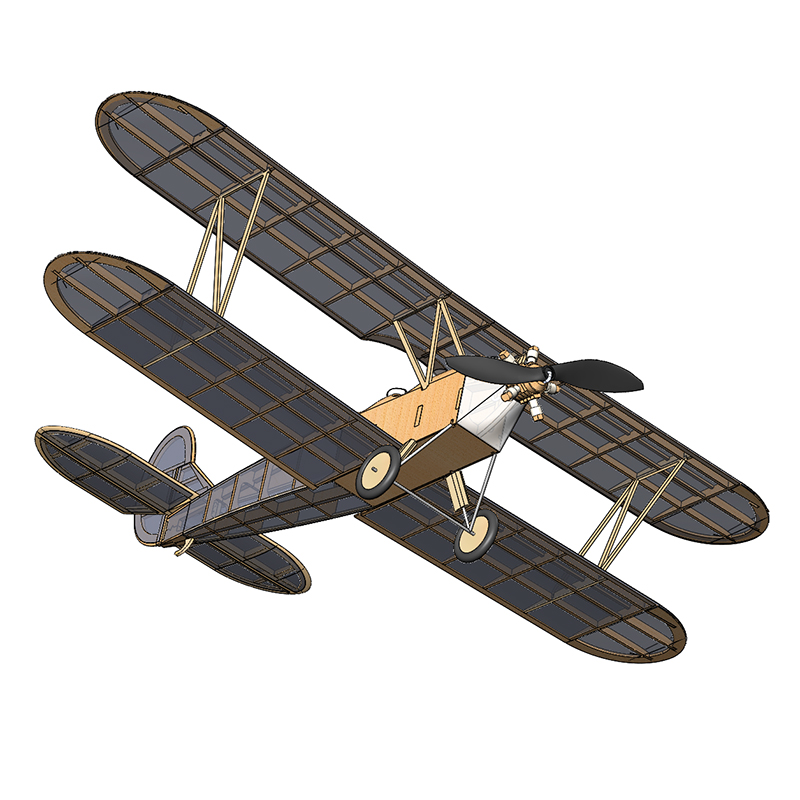PML-6009 "Po-2" (U-2) - Rubber Powered model - (scale 1:20)
PML-6009 "Po-2" (U-2) - Rubber Powered model - (scale 1:20)
Length of model (greatest)............................................................................................0,400 м
Wingspan ................................................................................................................................0,570 м
Model height (without the gear)............................................................................................................0,120 м
Model height (with the gear)....................................................................................................0,170 м
Distance from prop to gnd.............................................................................................0,080 м
Lay corner...........................................................................................................................14 град
Weight (with rubber engine) ..........................................................................................................75 гр
The assembly manual can be downloaded Here
Drawings (for review) can be downloaded here: draw
3D model (for review): Download*
*download and open in Adobe Acrobat with enabled viewing of 3D content
A Full kit usually consists of the following items: landing gear wheel, thermoformed hood and cockpit light, parchment (wax paper) for tightness and / or balsa / foam plates, Assembly drawing or drawings, screw, rubber motor, etc.

Rubber powered model copy PML-6009 "Po-2" (U-2) continues a series of models of copies "Wings of Soviet"..
This model is training and is intended mainly for novice modelers. It is simple in design, stable in flight, has a good appearance. The use of a three-wheeled chassis gives the model a finished look.
This kit will be a wonderful gift for both beginners and experienced modelers.
U-2 (since1944 Po-2 Polikarpov-2) is a Soviet multipurpose biplane created in 1927 under the leadership of N. N. Polikarpov.
One of the most massive aircraft in the world. It was built serially until 1953, 33,000 cars were built. Renamed Po-2 in honor of its creator in 1944 after the death of N. N. Polikarpov.
Since 1919, the main training aircraft in the RSFSR was the U-1, created on the basis of the British Avro-504 scout, whose first flight took place back in 1913. By 1922, the question arose about the need to develop a more modern training machine, especially since by that time the methodology of flight training had undergone significant changes. It was recognized as necessary to carry out training in independent flights on initial training aircraft, and to polish skills on training (transitional) machines.
The tests of the U-2, which were conducted by the pilot M. M. Gromov since January 1928 (the first flight took place on January 7), showed the excellent flight qualities of the U-2. Already on March 29, 1928, the NTC of the Air Force decided to build a pilot series of U-2 from 6 copies at plant No. 25 for pilot operation in flight schools. By October 29, 1929, this plant had built 25 U-2s, of which it handed over 19 machines to the customer.
With the beginning of the Great Patriotic War, the available standard versions of the U-2 began to be converted into light night bombers. The revision was carried out both in the Polikarpov Design Bureau and at serial factories and in the active army by the forces of the engineering and technical staff of combatant units and aircraft repair workshops. As a result, the design of the combat U-2 had a large number of different options. The bomb load varied from 100 to 350 kg.
The flight qualities of the U-2 varied depending on the purposes for which the aircraft was used and what changes were made to its equipment, but in all cases the aircraft remained reliable, light and obedient to control: an enlarged rudder was used to improve the aerobatic characteristics of the aircraft. The U-2 could take off and land at the smallest airfields and even at unprepared sites.
Video of model and flight
Video No. 1 from Abonent - review model of PML-6009 "Po-2 (U-2)" - for radio control.
Video No. 2 from Abonent - assembling model of PML-6009 "Po-2 (U-2)" - for radio control.
Video No. 3 from Abonent - assembling model of PML-6009 "Po-2 (U-2)" - for radio control.
Video No. 4 from Abonent - assembling model of PML-6009 "Po-2 (U-2)" - for radio control.
Video No. 5 from Abonent - assembling model of PML-6009 "Po-2 (U-2)" - for radio control.
Video No. 6 from Abonent - assembling model of PML-6009 "Po-2 (U-2)" - for radio control.
Video No. 7 from Abonent - assembling model of PML-6009 "Po-2 (U-2)" - for radio control.br>
Video No. 8 from Abonent - assembling model of PML-6009 "Po-2 (U-2)" - for radio control.
Video No. 9 from Abonent - assembling model of PML-6009 "Po-2 (U-2)" - for radio control.
Video No. 10 from Abonent - assembling model of PML-6009 "Po-2 (U-2)" - for radio control.
 English
English French
French Русский
Русский